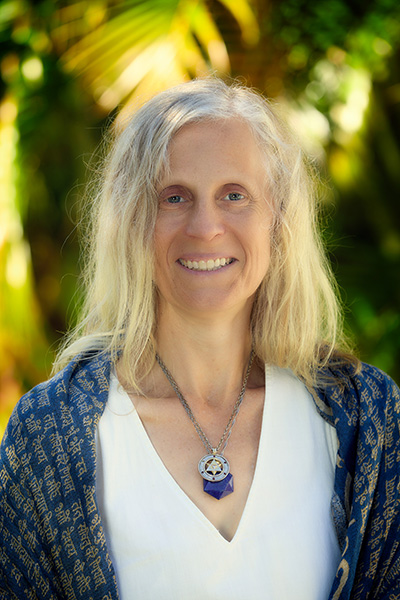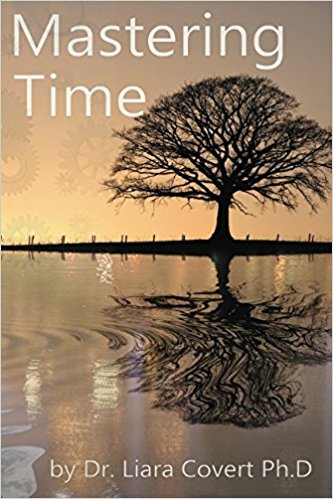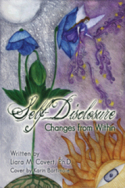5 Ways to recapture the essence of magic
 Thursday, February 19, 2009 at 11:13AM
Thursday, February 19, 2009 at 11:13AM Magic is a topic that evokes all kinds of emotions. Human beings are often at a loss for words to express the power and influence of this concept on their everyday lives. Consider these five ways to recapture the essence of magic now;
1) Magic reflects hindsight. One view invites you to reflect on the evolution of perceived triumphs of modern Science. Post the seventeenth century, the umbrella of Science absorbed much of what was assumed to be mystical. Magic has become a synonymn for areas of 'imprecise' Science not fully grasped, like astrology, parapsychology, quantum and metaphysics.
2) Magic demystifies nature. Another view suggests magic translates into correspondences among natural phenomena. These include universal laws like polarities, cause and effect, and degrees of energy vibration. Certain mathematical, spatial and multisensual analyses are purported to help control nature. Such unchanging principles help to explain what you are and why you exist. Learning to align and harmonize actions reveals natural abilities you have always had yet, choose to forget.
3) Magic invites confrontation. Another view prompts you to revisit unexplained concepts and the psychology of misunderstanding. Some people prey upon fears, gullibility, and preconditioned beliefs of others. Ask yourself why you would believe or disregard certain happenings that appear to contradict your own conditioning. What prompts you to reduce something that evokes discomfort in you to logical inquiry?
4) Magic explains supernatural miracles. Another view is raises awareness of human abilities to read energy vibration, to employ psychokinesis, telekinesis, and to dialogue with spirit who have passed over. What if your own view of an extraordinary event in the physical world does not surpass all known human or natural powers? What is presumed to be linked to a supernatural cause is a common or normal thing for beings who have reconnected with their inner selves.
5) Magic awakens you to masks of ego. Another view is that magic brings to light the possibility of experiences that contradict and reinforce ego. That is, magic offers a platform to launch fragmented and distorted thinking about illusions through black magic. It also enables you to become more conscious of all your attributes. In the latter, you grow to rise above thought and in the former, you fall beneath it.










